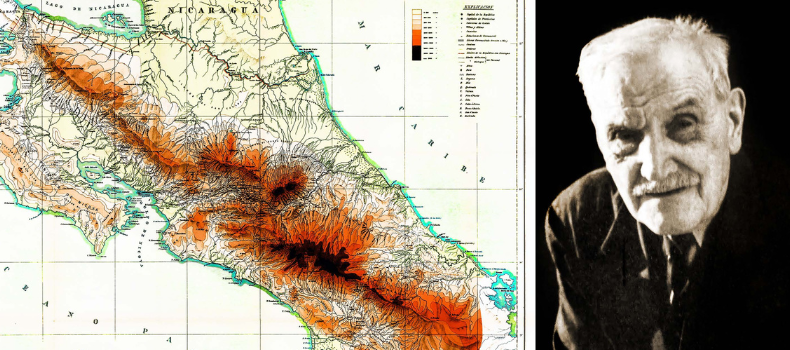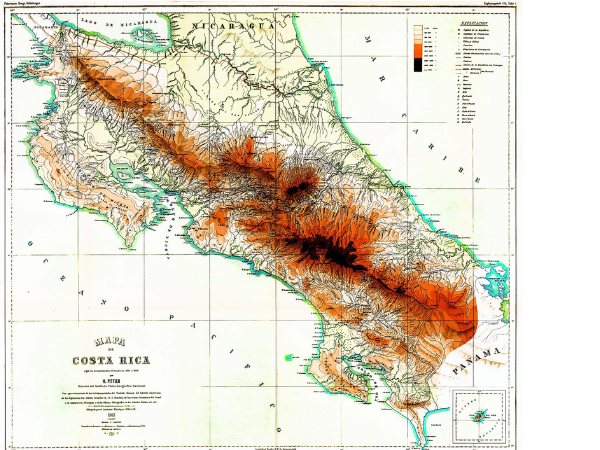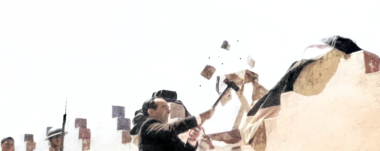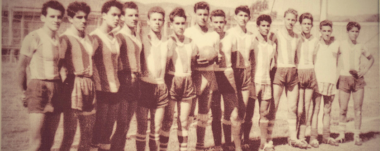Henri François Pittier: Costa Rica’s Nature Conservation Pioneer

Discover the impact of Henri François Pittier on the conservation of Costa Rican biodiversity and his ecological legacy in Latin America.
Henri Pittier was a Swiss engineer, geographer, painter, naturalist and botanist. He was a pioneer in the creation of national parks in Venezuela, where he finally settled and to which he dedicated a good part of his life.
Background
Little is known about Pittier’s life in Switzerland or Europe.
He studied at the University of Jena (Germany), where he graduated as a civil engineer. Pittier also received a doctorate in philosophy in 1885 from the Swiss Federal Institute of Technology in Zurich. He then worked as a professor of natural sciences at the college of Cháteau d’CEx. And then at the Department of Geography of the University of Lausanne where he was awarded the title of “Doctor Honoris Causa in Sciences”.
Life And Travel
Towards the middle of the eighth decade of the 19th century, he traveled to the Mediterranean and the Near East to enrich his knowledge of these regions of the world.
At the age of 30 he traveled to America to settle in Costa Rica in 1887. He had been contacted by Mauro Fernández and Ricardo Jiménez, who sought to modernize education and hired him for the Liceo de Costa Rica.
Projects In Costa Rica
He soon founded the National Meteorological Institute and took over the direction of the Instituto Físico Geográfico, where the National Herbarium, a meteorological station, a geography service and a natural science museum are currently in operation. He also published the Bulletin of that scientific establishment.

With two of his fellow countrymen, Paul Biolley and Adolphe Tonduz, and the Costa Rican Anastasio Alfaro, he created the National Museum. At the same time, he dedicated himself to the study of the flora and fauna of Costa Rica and was involved in cartographic surveys and in the management of roads and railways.
In 1894, Mr. Henri François Pittier was the creator of a Plant and Animal Garden.
After 15 years of life in Costa Rica, he traveled to the United States in 1901, where he joined the United States Department of Agriculture in the area of Botany and began to study the collections he made in Costa Rica. As a product of these investigations he published, in 1907, the work Primitia Flora Costaricencis. .
In 1904, he mapped one of the most detailed maps of Costa Rica.
In 1916, in this Botanical Garden, he founded the Zoológico Simón Bolívar in San José.
Navigate articles




